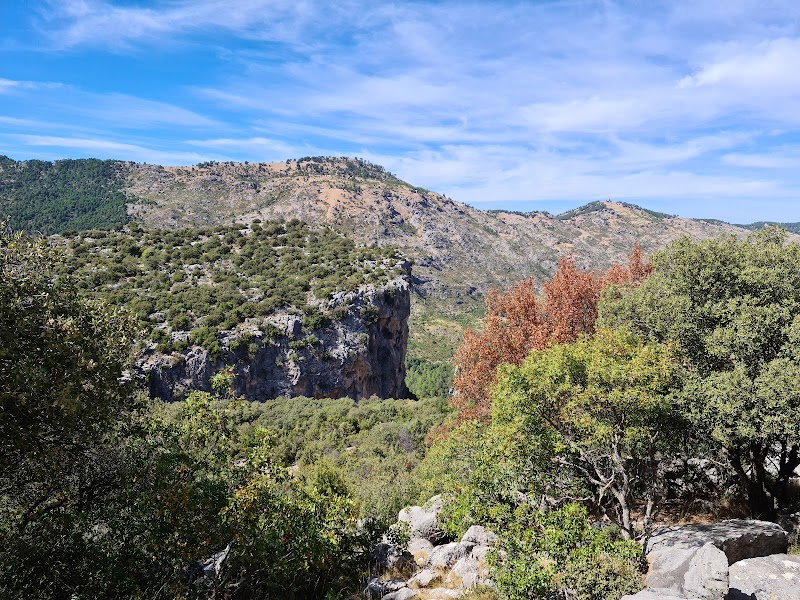São Tomé Carnival ignites the island with vibrant parades, contagious rhythms, and cultural depth in the heart of the capital. This guide walks you through the practicalities and excitement to help you experience the festival fully and safely.
Stay Hydrated with Local Refreshments
Regularly drink fresh coconut water or sugar cane juice from street vendors to maintain hydration, especially during daytime parades under the sun.
Wear Breathable, Supportive Footwear
Choose shoes with sturdy soles and good grip to handle cobblestones and occasional wet patches in crowded carnival routes.
Use Public or Trusted Transport
At night, avoid walking alone in isolated areas; opt for official taxis or arranged rides to stay safe.
Protect Your Valuables
Carnival crowds are thick; secure your belongings close to avoid pickpocketing and stay aware of your surroundings.
Rhythms of São Tomé: Navigating the Energy of São Tomé Carnival
São Tomé Carnival bursts onto the island with vibrant colors and driving rhythms that demand attention. Held annually in the island's capital, São Tomé, this cultural festivity blends African, Portuguese, and local traditions in an unrelenting celebration of life and history. The streets pulse with brass bands, dancers adorned in feathered costumes, and crowds eager to move as one under the equatorial sun.
Expect to be swept through neighborhoods as parades wind through Avenida Marginal and Praça do Povo. The carnival engages you from the first drumbeat, the cadence almost tactile, compelling every footstep. The air wraps around you, thick with the scents of grilled fish and tropical fruits, intensified by the warm ocean breeze that dares you to stay longer.
Planning your visit means aligning yourself with the carnival’s peak days, usually in February or March, just before Lent. Events run from daytime street parades to late-night parties. You'll want sturdy, breathable footwear: cobblestone streets and occasional muddy patches from spontaneous showers pose real challenges. Hydration is vital—markets and roadside stalls offer fresh coconut water and sugar cane juice, easily accessible alternatives to bottled water.
Beyond the festivities, the city’s geography invites exploration. The harbor's edge provides a respite where the sea’s cool hands pull gently at your feet. Nearby, the São Tomé rainforest thickens, watching silently as vibrant crowds claim the asphalt. For those wanting a break from the carnival’s pulse, short hikes around Miradouro da Lua offer panoramic views punctuated by crashing waves below.
Daylight hours are best for fully absorbing the parade intricacies; evenings shift into a different rhythm with music and social gatherings that stay vigorous until dawn. Mindful pacing will keep your energy steady. The carnival is intensely social—languages blend, smiles spread, and strangers weave into fleeting yet genuine connections.
Safety is straightforward but important: keep an eye on your belongings amid dense crowds, avoid isolated areas at night, and prefer public or trusted transport options. For photographers, capturing dynamic shots of dancers and floats against São Tomé's colonial architecture demands readiness to move quickly and anticipate moments.
São Tomé Carnival is not merely a party; it’s a cultural dialogue in motion, both fierce and inviting. It practices a dance of endurance and excitement, respect and revelry. Immerse yourself with practical preparations and vibrant spirit to fully engage with this island’s most thrilling cultural phenomenon.
Nearby Trips
All Adventures
Boat Charters
Water Activities
Adventures near São Tomé
Discover the unique and memorable adventures that make São Tomé special.
Frequently Asked Questions
When exactly does São Tomé Carnival take place?
Typically, São Tomé Carnival occurs in late February or early March, just before Lent begins, aligning with traditional Catholic carnival calendars.
Are there any family-friendly events during the carnival?
Yes, daytime parades and cultural showcases are generally family-friendly, offering music and dance with a lively but safe atmosphere.
What local wildlife might I notice during carnival events?
While the city bustle dominates, nearby coastal areas and parks feature white-tailed tropicbirds and vibrant butterflies, giving moments of natural calm within the festival.
Is photography permitted and encouraged during the carnival?
Absolutely. Photographers should bring quick-access cameras to capture dynamic costumes, close-up dance movements, and colorful floats, ideally during daylight or golden hour.
How can I learn about the cultural significance behind the carnival?
Interact with local community groups and visit the São Tomé National Library or cultural centers, where oral histories and exhibitions explain the carnival’s blend of influences.
Are there environmental concerns around the festival?
Like most large events, waste management is critical. Visitors are encouraged to minimize plastic and respect local cleanup efforts to protect the city’s coastal and urban ecosystems.
Recommended Gear
Lightweight Walking Shoes
Offers support and traction for mixed surfaces during carnival parades.
Reusable Water Bottle
Helps maintain hydration in the tropical heat; refilling is easy at local stalls.
Sun Hat or Cap
Protects against strong equatorial sun during lengthy outdoor events.
Compact Rain Poncho
Useful for quick shelter during unexpected rain showers without restricting movement.
Local Insights
Hidden Gems
- "Miradouro da Lua viewpoint offers sweeping ocean views with fewer tourists during carnival downtime."
- "Small local bars in the Ana Chaves Bay neighborhood host intimate live samba sessions post-parade."
Wildlife
- "The endemic São Tomé weaver bird flits through urban parks, adding natural soundtrack layers alongside carnival beats."
History
"São Tomé Carnival has roots in colonial-era Portuguese traditions and African heritage, evolving as a platform of cultural expression post-independence."

